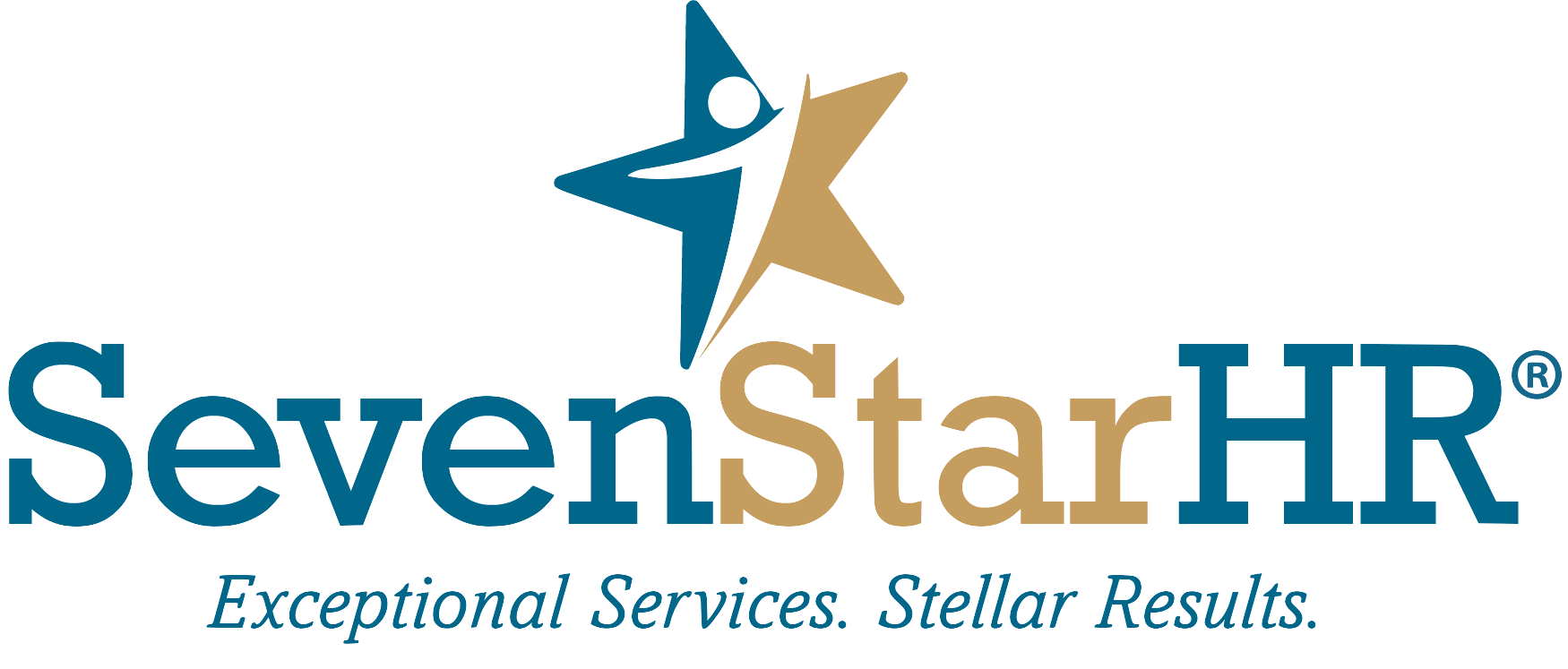Federal Agency Collaboration and Employer Liability on the Rise
In the past, various federal workplace agencies, including the Equal Employment Opportunity Commission (EEOC), the National Labor Relations Board (NLRB), and the Department of Labor (DOL), along with its divisions such as the Occupational Safety and Health Administration (OSHA), the Wage-Hour Division, and the Office of Federal Contract Compliance Programs, operated in isolation.
This meant that an investigation conducted by one agency focused solely on violations of the laws it enforced, without considering potential infractions of other agencies' regulations. However, recent developments indicate a significant shift in this paradigm.
For instance, the EEOC, in its recently unveiled Strategic Enforcement Plan for FY 2024-2028, has adopted an "integrated approach" recognizing that safeguarding workplace civil rights extends beyond its own purview. In this context, the EEOC has explicitly acknowledged the Department of Labor (DOL) and Fair Employment Practices Agencies as integral partners.
To underscore this collaboration, the EEOC and DOL's Wage-Hour Division inked a Memorandum of Understanding (MOU) on September 13, 2023. This MOU bolsters coordination through information exchange and joint investigations, primarily concerning issues related to equal pay and lactation breaks.
These matters involve laws enforced by both agencies, such as the Equal Pay Act, Title VII's equal pay requirements, the Pregnant Workers Fairness Act, the Fair Labor Standards Act, and the PUMP for Nursing Mothers Act.
Furthermore, the DOL entered into another MOU on August 30, 2023, this time with the Federal Trade Commission (FTC), aimed at shielding workers from anticompetitive, unfair, and deceptive practices. The FTC has recently concentrated its efforts on addressing concerns like non-compete agreements and the misclassification of "gig workers." We can anticipate the DOL and FTC collaborating closely on these critical issues.
Not only that but the NLRB and DOL previously established a similar MOU in January 2022, which has since been implemented. A recent case exemplifies this collaboration, where a worker's complaint regarding unpaid wages for himself and co-workers, filed with the Wage-Hour Division, was shared with the NLRB. The NLRB, in this instance, discovered violations of the National Labor Relations Act tied to the termination of the complaining employee. The NLRB deemed the worker's complaint as protected under the NLRA because it involved activities for the mutual aid and protection of workers.
The result of this new cooperation among the three agencies is that the risk of fines and fees has increased significantly. Employers should prepare for increased regulatory scrutiny from multiple agencies, with the NLRB, in particular, broadening its interpretation of protected concerted activity and asserting jurisdiction over matters that were traditionally perceived as individual concerns.
Need help? Our HR MRI Assessment is the ultimate deep dive into your company's HR practices, designed to uncover any hidden issues that may be lurking beneath the surface. Even if you have delegated HR responsibilities, this assessment provides the assurance that all the intricate and ever-changing laws are being followed meticulously, safeguarding your business from costly penalties.
What sets the HR MRI Assessment apart is its comprehensive scope. It goes beyond merely identifying compliance issues; it also delves into employee engagement, organizational development needs, and any HR-related aspects that may affect your company and its workforce.
Click Here for a Sample Summary!
Consider it a tailor-made plan to fortify your business against potential HR pitfalls, ensuring your employees are motivated, productive, and aligned with your organizational goals. Contact us today to get started.

